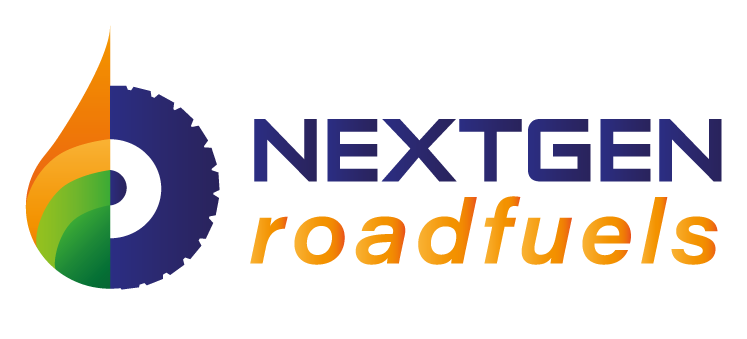
Photo by Cameron Venti on Unsplash
In order to introduce the Hydrothermal Liquefaction (HTL) technology on large scale there is a need to fully understand the value network and comprehend what is its road to commercialization. There are several stakeholders along the value chain and each of them may have concerns which need to be appreciated so to identify the key questions and the related challenges. By showcasing the technology’s potential, the willingness to invest can increase and through demonstration plants a reduction in technical concerns occurs. In turn, the demonstration of the viability of the entire value chain from feedstock to finished fuel, will reduce financial concern. An additional advantage arises from demonstrating the transfer from an existing value chain to a new value chain which can mitigate the personal and organizational concerns. The industrial pathway is to achieve efficient production of biocrude in terms of full characterization for woody biomass and to reach a full characterization for urban waste streams. At the same time the industrial pathway aims at tackling the downstream handling with a demonstrated roadmap for standalone upgrading or co-refining with fossil counterpart.
To fully take advantage of the business opportunities, the HTL product has to become competitive and able to consistently provide a petroleum-equivalent advanced biocrude. As a first market segment, targeting the heavy transport sector – that is incompatible with electrification or low energy density fuels – seems to be the niche to pave the way for the technology’s deployment. A crucial value proposition that the HTL products wants to deliver is its compatibility with the already existing petroleum infrastructure and refineries (co-processing) in order to reach a seamless integration with the system. Finally, the product needs to be flexibly upgradable, according to the sector desired, to diesel, marine and jet fuels. The goal is to upgrade biocrude to the American Society for Testing and Materials (ASTM) Standard of Advanced Renewable Fuels.
Switching side of the table, being the consumer and the municipality, new regulations and community concerns are requiring novel solutions to deal with bio-organic wastes. Two factors are helping HTL to enter the urban biogenic waste management market segment. First, the disposal costs and fees for waste enable the deployment of the technology at a smaller scale given the economic support or reallocating these fees into the plant. Secondly, multiple forestry demonstrations plants of equivalent scale to a commercial sewage plant are being tested – thus, it is possible to leverage learning from forestry demos directly to urban commercial solution.
